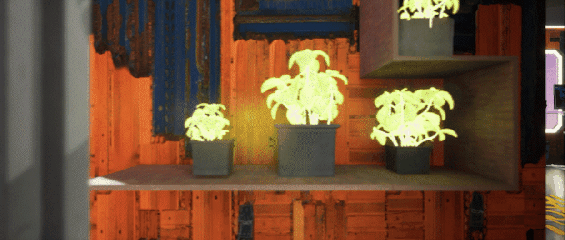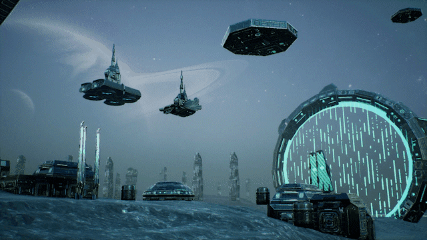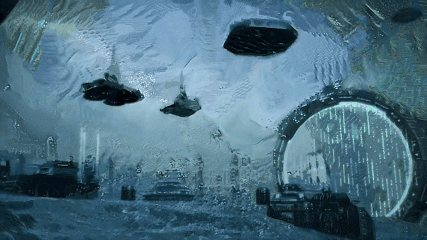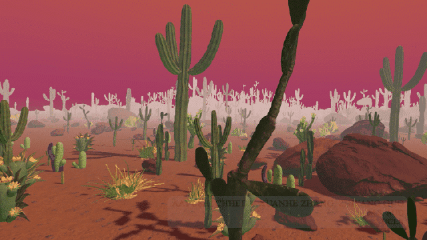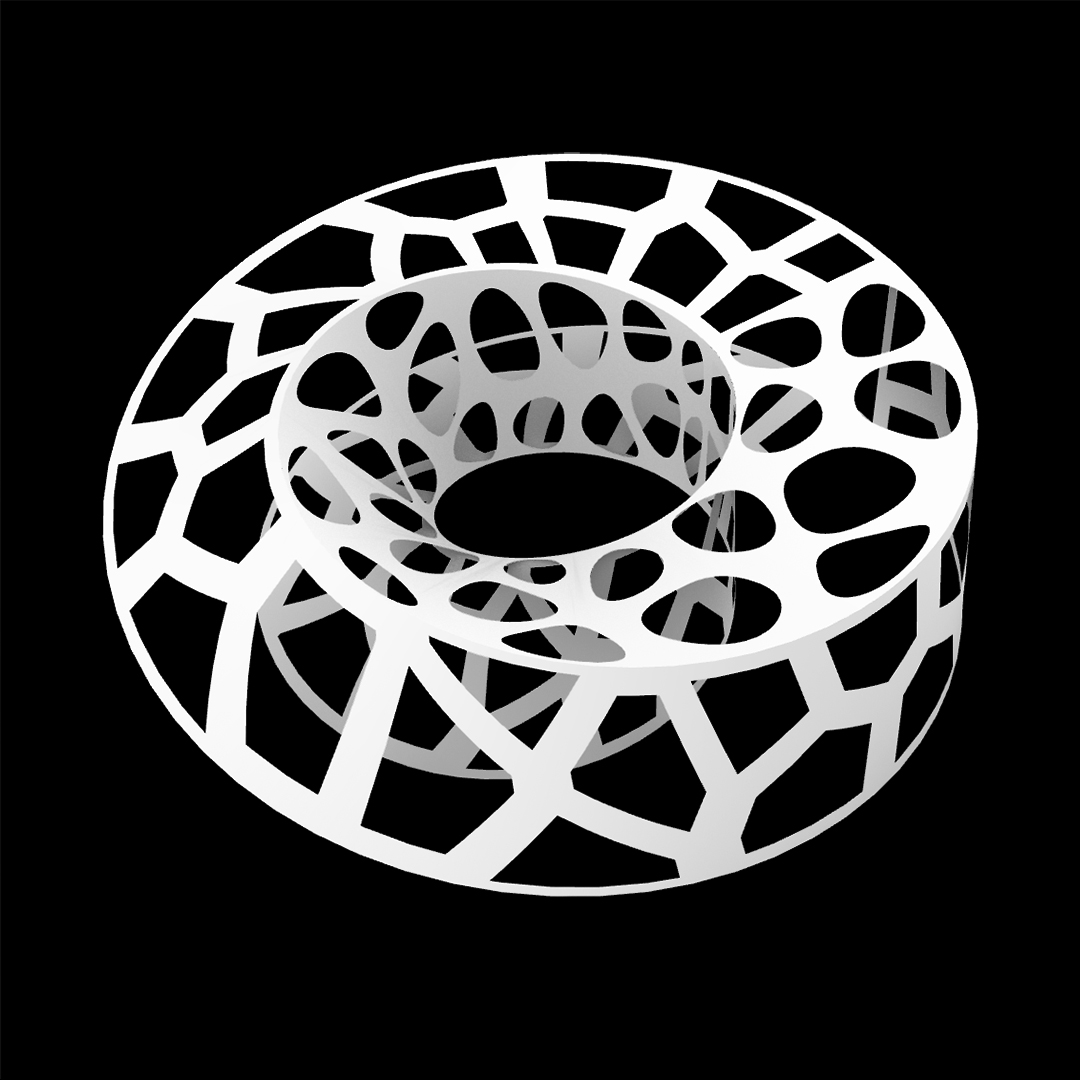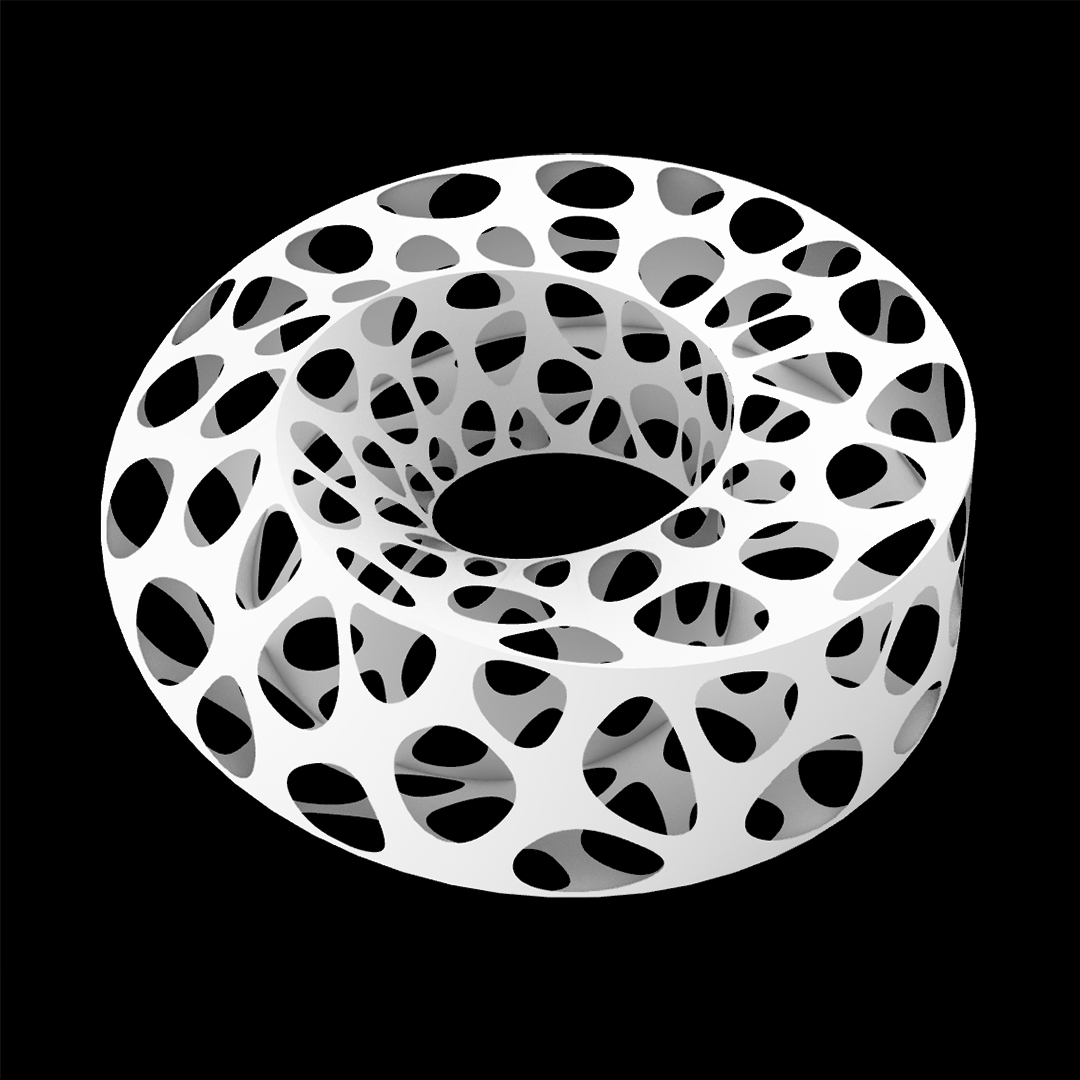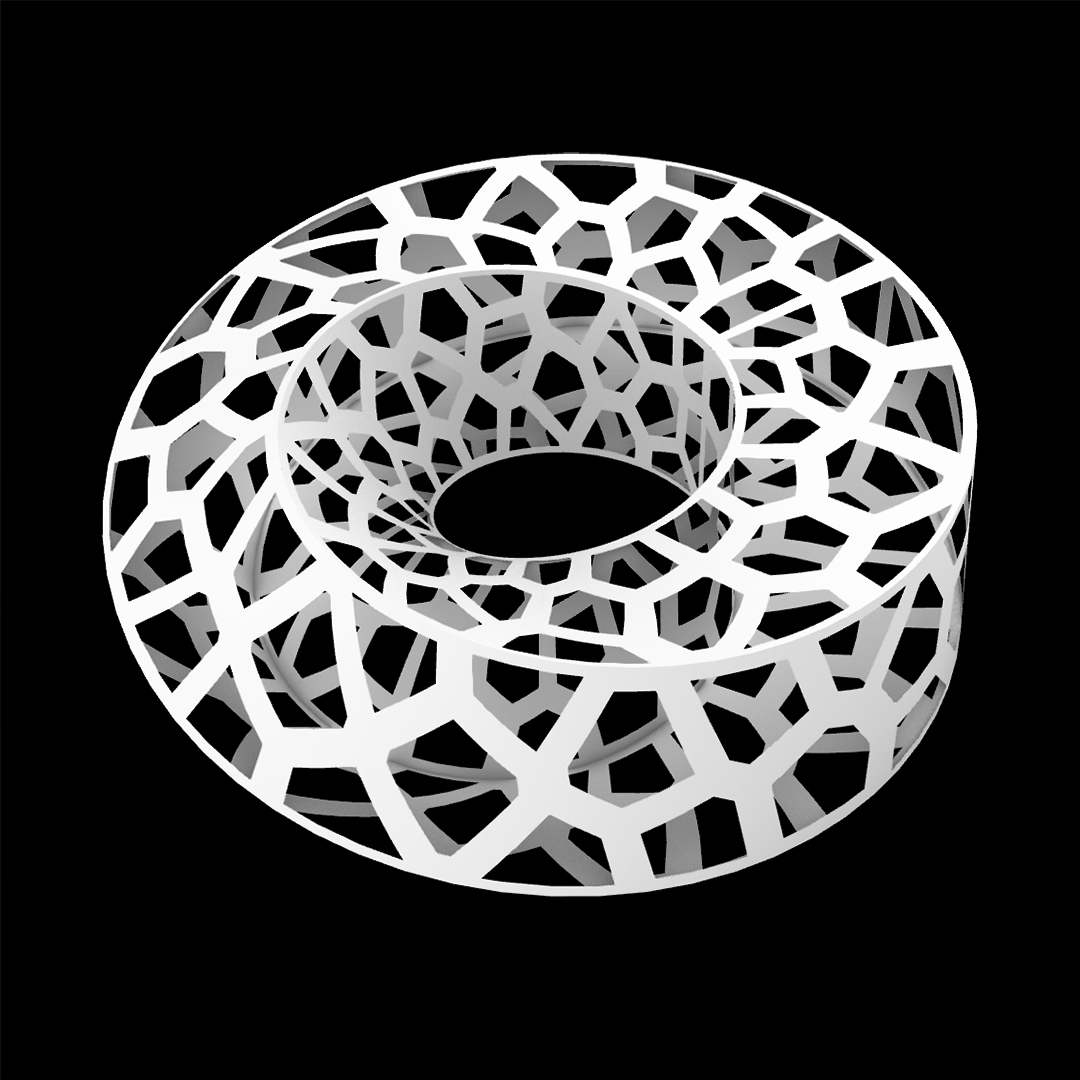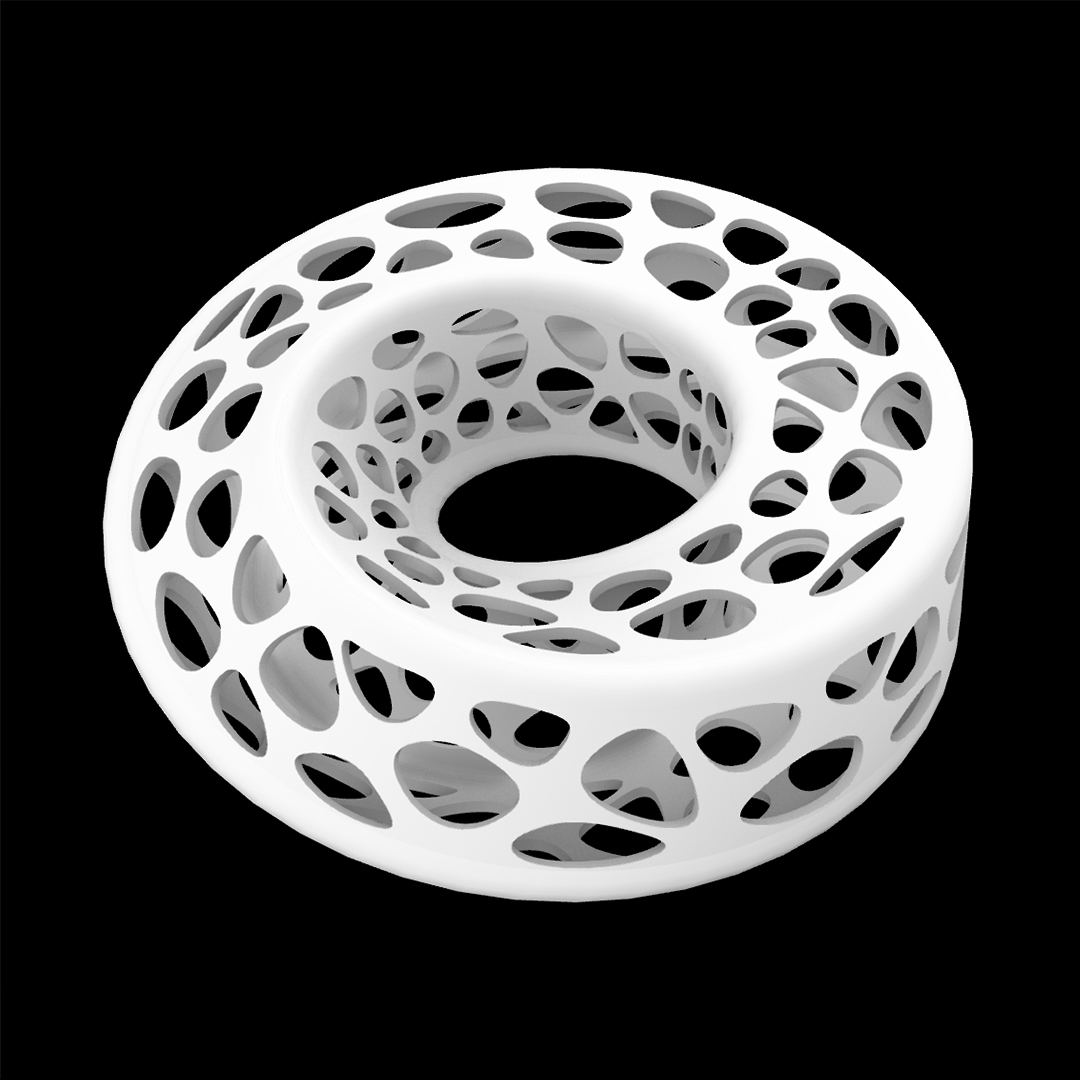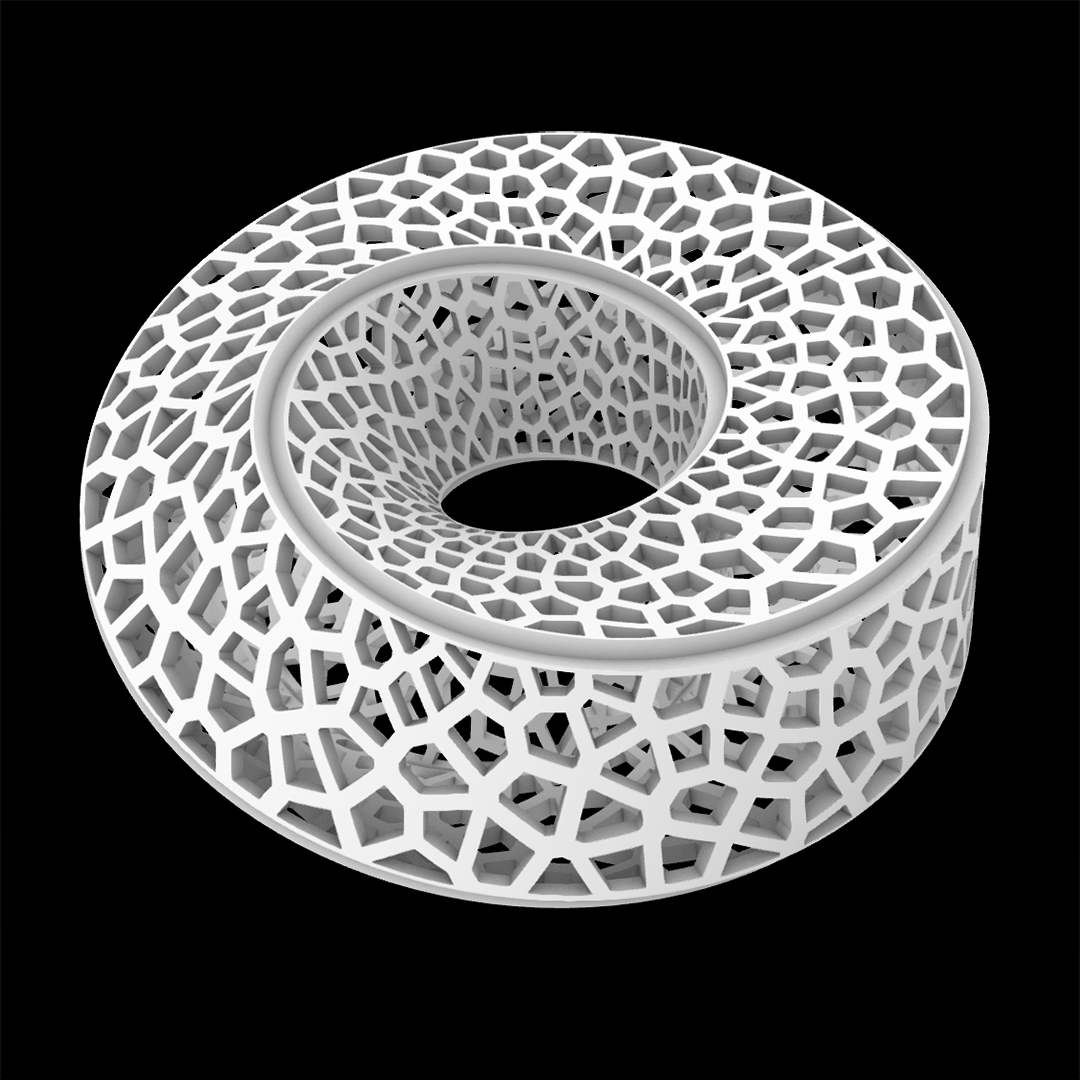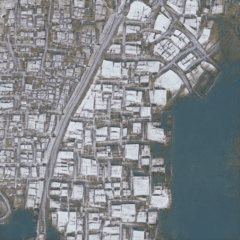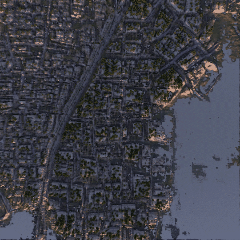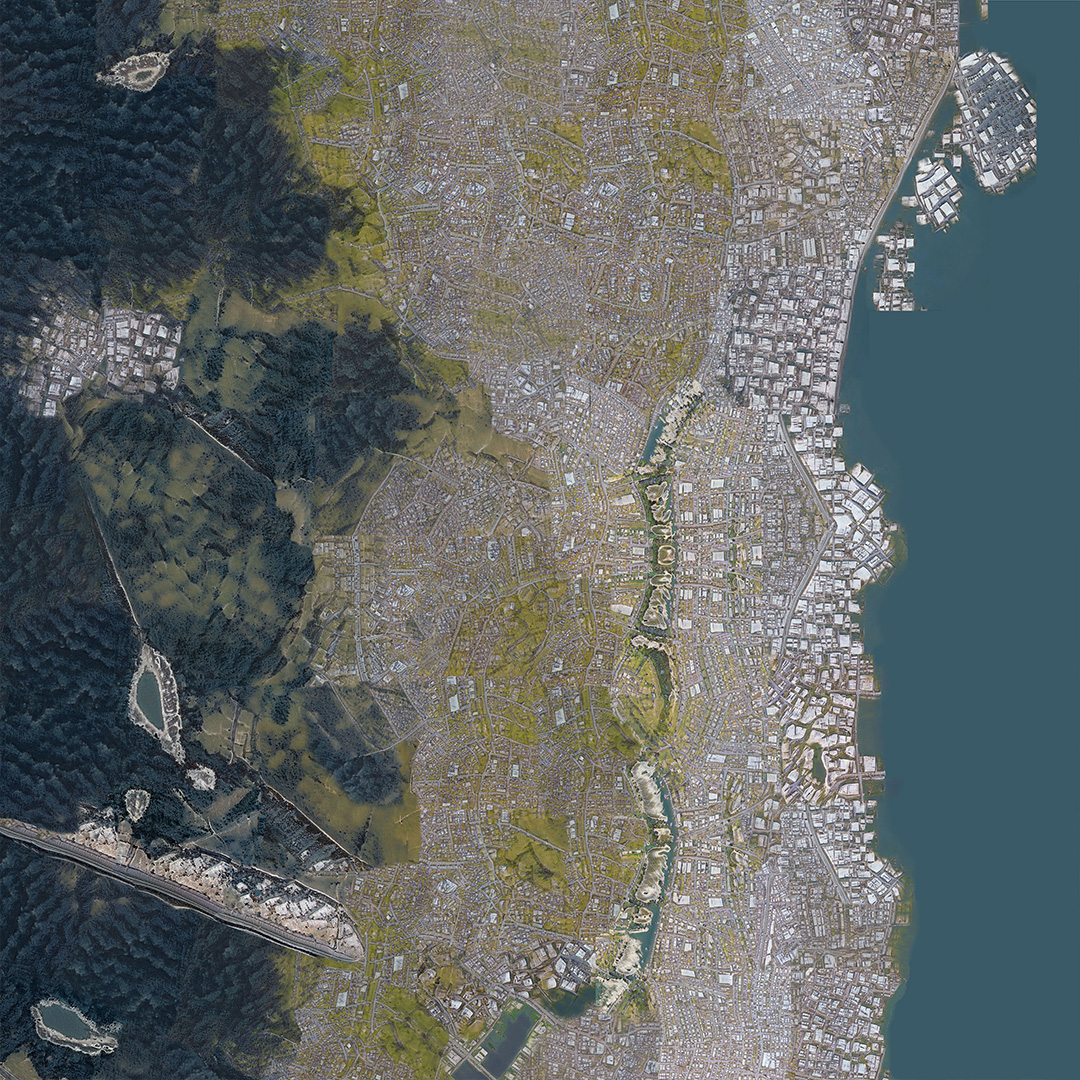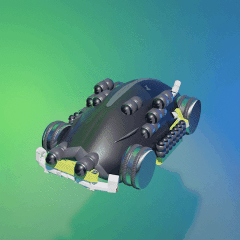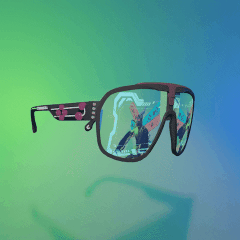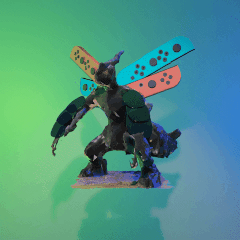Course Description
This past fall, Anyone Corporation (most notable for their journal Log) presented an exhibit titled Model Behavior. The director of Anyone Corporation, Cynthia Davidson said that “Models, whether physical or digital, are intrinsic to architecture. Just as other fields, such as science, mathematics, politics, and economics use models to visualize, reflect, and predict behaviors, so do architectural models…Model Behavior interrogates how architectural models elicit and project social behaviors. Objects on view represent a multitude of disciplines ranging from toys and scientific models to traditional physical architectural models.”1 Among model types investigated is augmented reality (AR), which is represented by wa.k studio’s 4 Square House model. The AR portion of the model allows users to change light and season, use a camera clipping plane to cut an angled section, as well as view the house’s inhabitants: a tree and animated agent.
